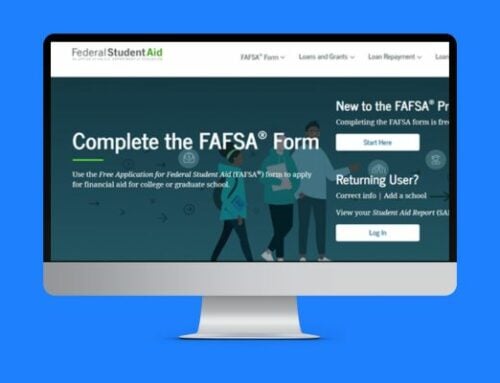Where To Find College Scholarship Money
Many people I talk to about preparing for college assume their children will qualify for scholarships. They are surprised though when we talk about where most of the scholarship money actually comes from. It’s not the private organizations that are listed on websites (bigfuture.collegeboard.org, fastweb, Scholarship America, or for military) or from the ones that your child’s school may publicize.
Most of the money for scholarships comes from the college or university. Institutional aid (need-based and merit) topped $58 billion for undergraduates in the 2020-2021 school year (link). Add in Federal and State grants and that number tops $97 billion. Comparatively, merit-based, private scholarship (link) funding is about $5 billion.
Understanding Merit Aid Versus Need-Based Aid
Merit aid is typically provided regardless of financial need so even Bill Gates’ children could qualify if they met the school’s criteria. Need-based is primarily based on the families Expected Family Contribution determined by the Free Application for Federal Student Aid or the CSS Profile (used by some private colleges).
How Do You Find Merit Aid Schools?
The first thing to realize is that not all schools offer merit aid. Many of the top schools including the Ivy League and top-tier private schools only offer need-based aid. If you’re considering those schools, you can expect to pay whatever the FAFSA or CSS profile says you can afford.
To get a quick assessment of whether or not a school offers merit aid, simply Google the school name and merit aid. The University of Alabama is known to be generous with merit scholarships and a quick Google search leads you to a page with the grid of scholarships out-of-state freshmen will qualify for.

Scholarships for Out-of-State Freshmen at the University of Alabama
Not all schools provide a listing “grid” of their scholarship criteria. You can get an idea of the likelihood of receiving a scholarship by looking at the school’s data on collegedata.com and comparing your student achievements against the school’s test score and GPA student profile. Students with achievements in the top 50% are more likely to receive scholarship money.
Wrap Up
Private scholarships can be a source of money for college, but often they are very competitive. This is especially true for the larger, more-well known scholarships. I’ve heard it described that private scholarships are the icing on the cake, but that institutional aid is the cake. That doesn’t mean your child shouldn’t apply, but if you’re searching for significant sources of merit aid you may be better off finding the schools that offer it.
Not worried about scholarships because you’re planning to use the GI Bill for your children. Check out these 5 mistakes to avoid (link).
Two additional notes: Some schools won’t consider you for aid (need-based or merit) if you don’t file the FAFSA or CSS profile. So even if you are sure you don’t qualify for need-based aid, it always makes sense to file the FAFSA.
Some schools also award scholarships and aid early in the process so you should ensure you have both the FAFSA and applications completed and sent to the school as early as possible.



